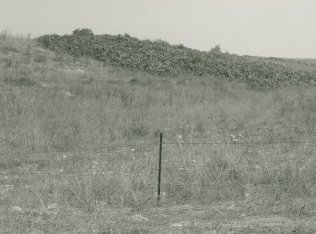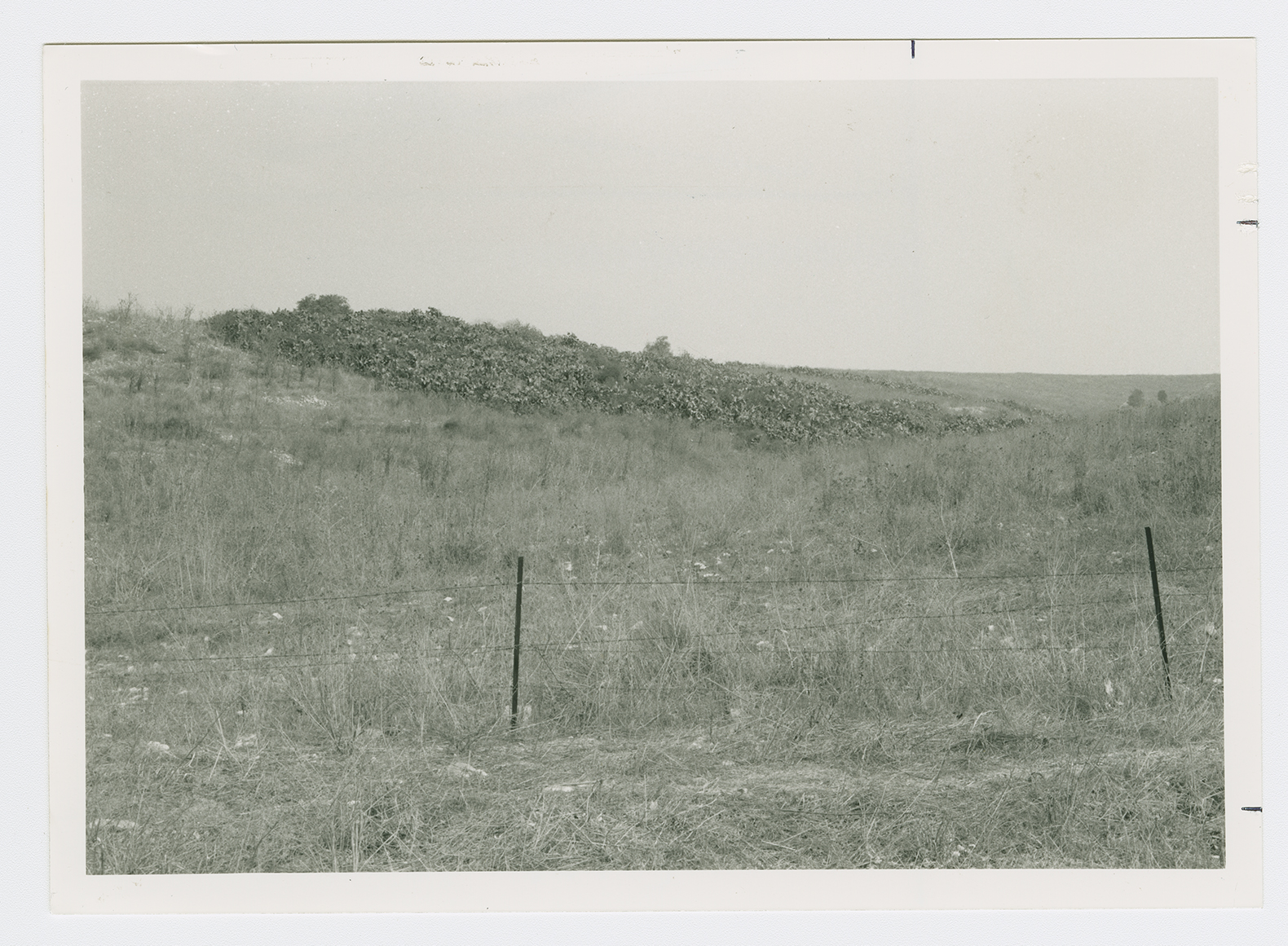The village stood on the slope of a small wadi in a hilly area this was in the middle of the bilad al-rawha' (the "fragrant country"; see Daliyat al-Rawha', Haifa District). It occupied a narrow strip of land that stretched from east to west. Its houses were built of stone with either cement or mud. Several springs around the site provided the village with water. Although small (the Palestine Index Gazetteer of the Mandate period classified al-Butaymat as a hamlet), this Muslim village maintained its own mosque. Its economy was based on agriculture and livestock breeding. In 1944 a total of 2,508 dunums was planted in cereals, and 8 dunums were irrigated or used for orchards.

